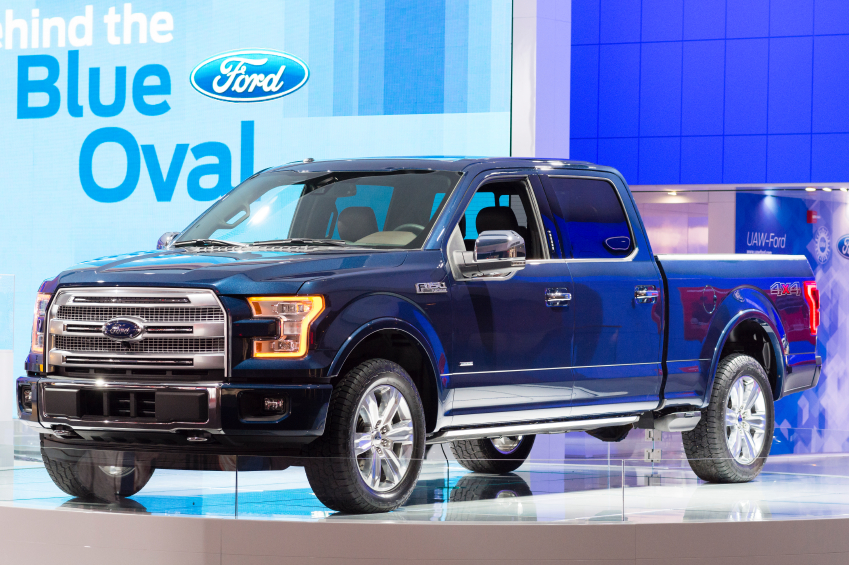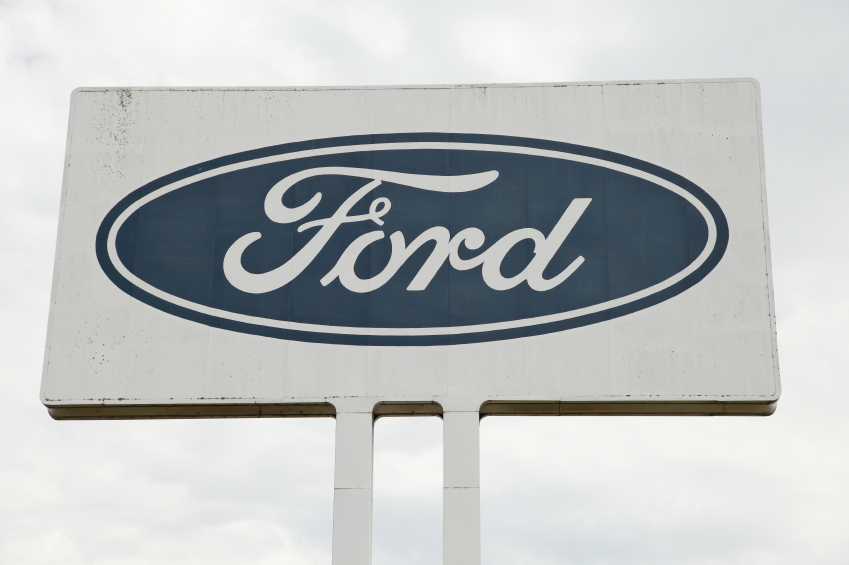
Ford recently announced that its lineup of 2017 F-150 pickups, which includes the all-new 2017 Raptor, will feature engine technology that’s designed to help drivers save money on gas—an automatic start-stop function. The automaker’s automatic start-stop technology will come standard in the 2.7-litre EcoBoost V6, and 3.5-litre V6 engines, and it’s specifically designed for pickup trucks.
If you plan to pursue a career in automotive technology, read on find out how Ford has developed the F-150 over time, and learn all about start-stop auto technology.
Ford Continues to Improve on its Auto Technology in the F-150
The F-150 has been a bestseller in the U.S. for the past 32 years, and it ranks high in Canada as well. With such a great reputation, it’s no wonder that Ford is constantly working to improve the F-150’s auto technology to better meet consumer demands. With a start-stop device, the all-new F-150 will have the ability to save gas while it’s in a traffic jam, since this function allows the engine to shut down if the car is stopped.
You’ll even find impressive technology in the smallest details of the F-150. For example, the knobs and controls in the dashboard are designed to be used while drivers are wearing work gloves. Additionally, recent models also come with the company’s BoxLink management system in the cargo compartment—which gives drivers plenty of options for how they want to store and secure their cargo.
Not only is the F-150 made of aluminium, making it tough and lightweight, but it is now fuel-efficient too. With all of the advancements in automotive technology over the past few years, you will likely see many more exciting features in Ford vehicles throughout your auto career.

How Ford’s Start-Stop Auto Technology Works
Ford’s automatic start-stop auto technology eliminates fuel usage while a car’s engine is idling. This is accomplished by shutting the engine down when the vehicle is stopped, then quietly and seamlessly restarting it when the brakes are released. However, it’s important to note that the engine won’t shut off when the vehicle is in 4-wheel drive mode, or when it’s towing a trailer.
This start-stop technology will also be used in the 2017 Escape—one of the auto company’s bestselling vehicles. Automotive professionals know that today’s drivers are always looking for ways to consume less gas, as doing so will allow them to save money and help the environment. Ford estimates that fuel economy will increase by as much as 7 per cent for the F-150 in city driving.

Start-Stop Auto Technology Has Been Around for Quite Some Time
Students pursuing auto technology training might be surprised to learn that start-stop devices were first developed and tested by Toyota in the mid-1970s. The automaker fitted a Crown sedan with an electronic start-stop device, which then showed a 10 per cent improvement in fuel economy in Tokyo traffic. Start-stop auto technology made its way into a few production cars in the 80s and 90s, in models by Fiat, Volkswagen, and Audi.
In 2008, BMW improved on start-stop technology, and included it in many of its cars as well as the MINI line. Other companies like Citroen, GM, and Hyundai have incorporated start-stop devices with improved powertrains, regenerative braking, and mini hybrid systems across several of their models to boost fuel economy.
Ford first used start-stop tech in its hybrid models, as well as some of its mainstream models like the Fusion in 2013. The system will eventually be available in all Ford models as a standard feature instead of an option.
Want to learn more about the latest in automotive technology?
Check out ATC’s auto technology program today!

